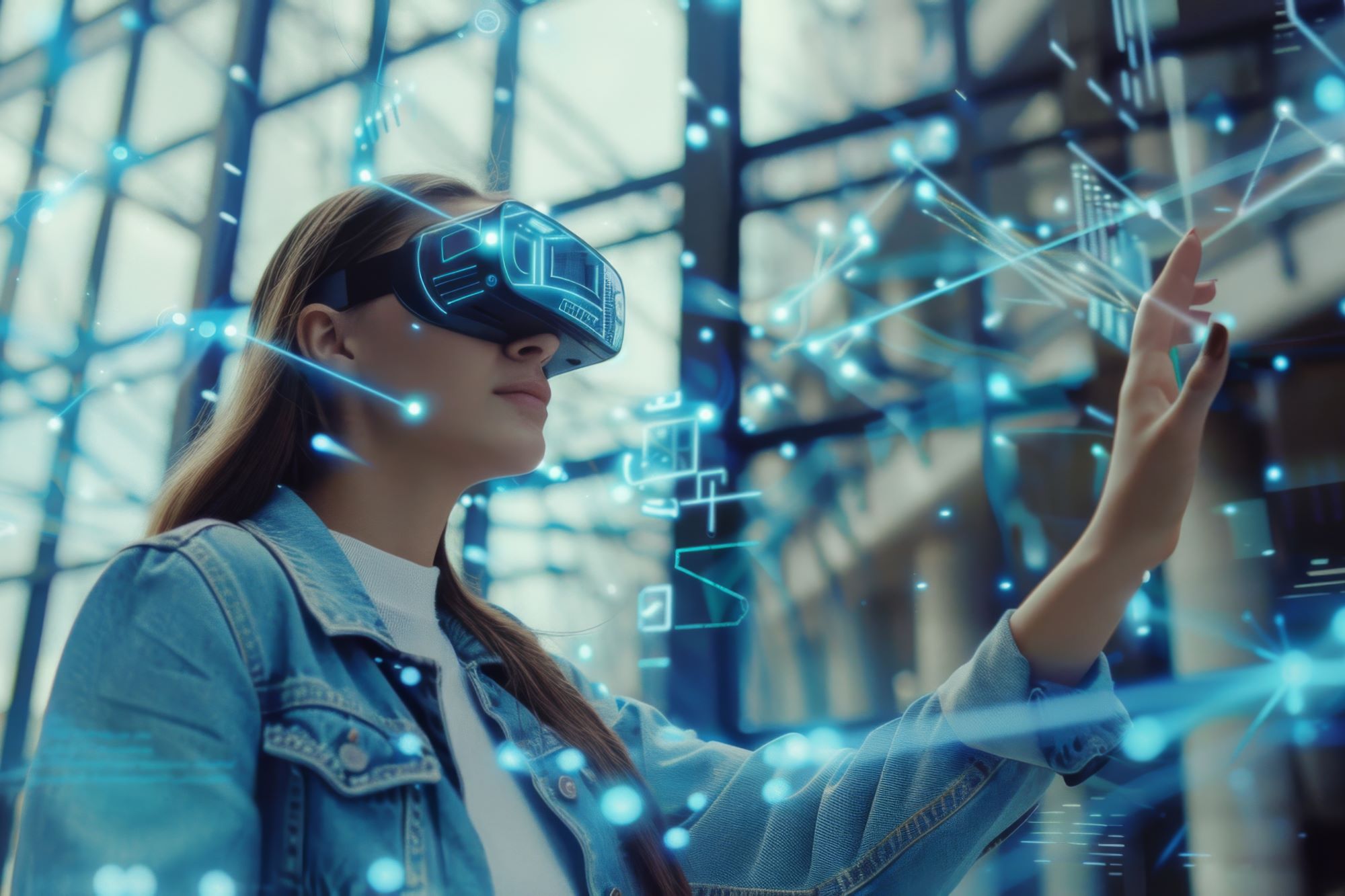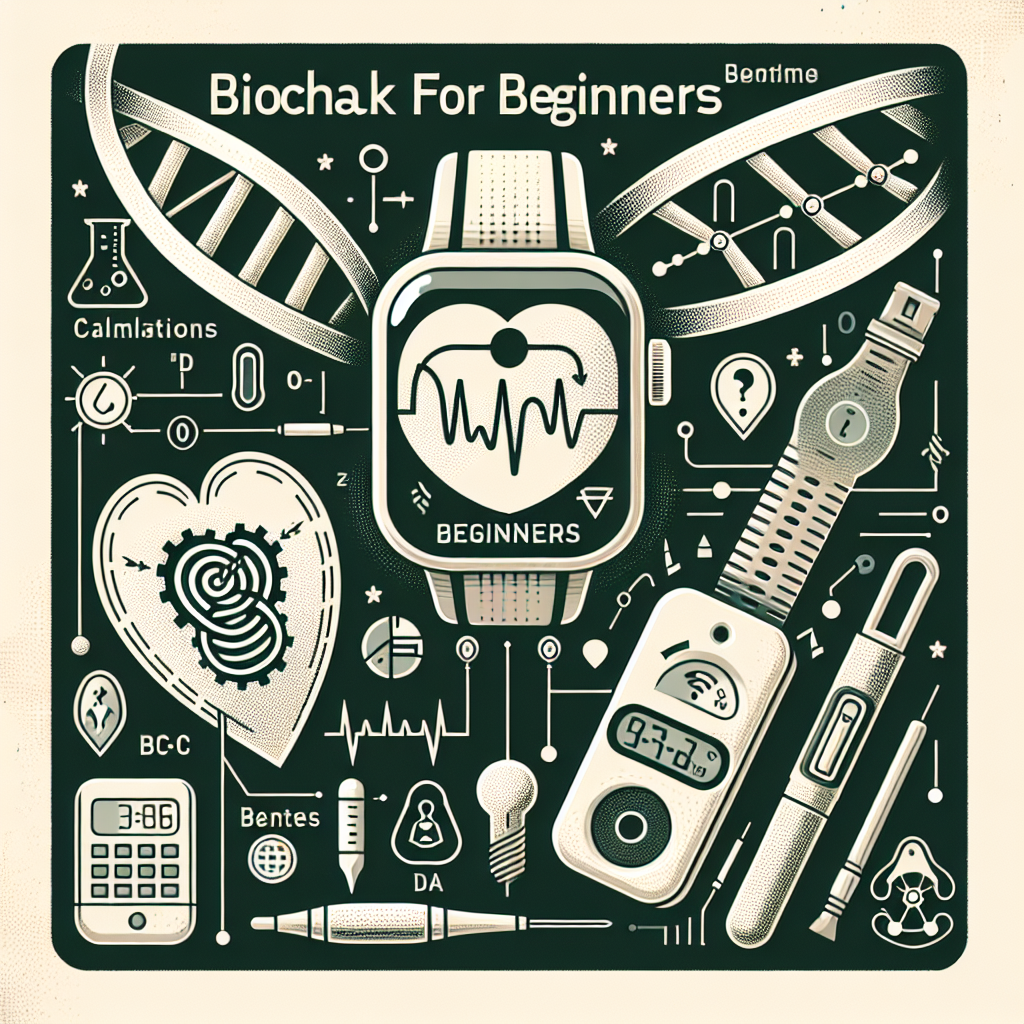Virtual Reality (VR) is a cutting-edge technology that immerses users in a simulated environment, creating the sensation of being physically present in a different world. VR is achieved through the use of specialized headsets that project 3D visuals and motion controllers that track and respond to user movements. The primary goal of VR is to create a convincing sense of presence, allowing users to interact with and explore virtual spaces as if they were real.
Virtual Reality in Entertainment
Immersive Gaming Experiences
The Rise of VR Gaming
VR gaming has rapidly gained popularity, offering players an unprecedented level of immersion. Unlike traditional gaming, where players are restricted to a screen, VR gaming places users inside the game environment. This shift has been facilitated by advancements in VR technology, including:
- High-Resolution Displays: Providing clearer and more detailed visuals.
- Advanced Tracking Systems: Ensuring precise tracking of head and hand movements.
The rise of VR gaming has led to the development of various innovative games and experiences. Some notable examples include:
| Game Title | Description | Impact |
| Beat Saber | A rhythm-based game where players slash blocks to the beat of the music. | Known for its addictive gameplay and high level of immersion. |
| Half-Life: Alyx | A first-person shooter set in the Half-Life universe, designed specifically for VR. | Demonstrates the potential of VR for delivering complex narratives and gameplay. |
| The Walking Dead: Saints & Sinners | A survival horror game set in a post-apocalyptic world. | Offers an intense and immersive experience with realistic interactions. |
Top VR Games and Their Impact
The impact of VR games extends beyond entertainment. They have set new standards for interactivity and immersion, influencing other forms of media and interactive experiences. VR games encourage physical activity, cognitive skills development, and social interaction, contributing to their growing appeal.
VR in Movies and TV Shows
Interactive Storytelling
VR is revolutionizing storytelling in movies and TV shows by allowing viewers to become active participants in the narrative. This interactive approach offers:
- Choice-Based Narratives: Viewers can make decisions that affect the storyline.
- Immersive Environments: Users can explore the setting and interact with characters.
Interactive storytelling in VR creates a more engaging and personalized experience, blurring the lines between passive observation and active participation.
The Future of VR Cinema
The future of VR cinema holds exciting possibilities, with filmmakers exploring new ways to leverage VR technology. This includes:
- 360-Degree Films: Offering panoramic views of the film’s environment.
- Virtual Reality Theaters: Providing communal VR experiences where multiple users can enjoy the same film together.
As VR technology continues to advance, we can expect to see more innovative and immersive cinematic experiences that push the boundaries of traditional filmmaking.
Virtual Concerts and Live Events
Changing the Concert Experience
VR is transforming the live event industry by offering virtual concerts and performances that allow fans to attend events from anywhere in the world. Benefits of virtual concerts include:
- Accessibility: Fans can attend events regardless of their location.
- Immersive Experiences: Virtual concerts can offer interactive features, such as exploring the venue or interacting with the performers.
Major VR Events and Performances
Several high-profile VR events have showcased the potential of this technology:
- Travis Scott’s Astronomical: A virtual concert held within the game “Fortnite,” attracting millions of viewers.
- The Weeknd’s After Hours: A VR concert experience that offered an immersive and interactive performance.
These events highlight the growing popularity of VR in entertainment and its potential to redefine how we experience live performances.
Virtual Reality in Education
Enhancing Learning Experiences
VR in K-12 Education
Virtual Reality (VR) is making significant strides in K-12 education by providing immersive learning experiences that captivate students and make complex subjects more accessible. With VR, students can explore historical events, journey to distant planets, or delve into intricate scientific phenomena. This immersive approach not only makes learning more engaging but also enhances comprehension and retention. By allowing students to experience and interact with content in a virtual space, VR helps transform traditional education methods into dynamic and interactive experiences.
For example, a history lesson might transport students to ancient Egypt, where they can explore the pyramids and interact with historical figures, providing a deeper understanding of the era. Similarly, VR can simulate scientific experiments, allowing students to visualize and manipulate variables in a way that’s impossible with traditional methods.
Benefits of VR in Higher Education
In higher education, VR is increasingly used to simulate complex scenarios and provide practical training across various fields. This technology enables students to gain hands-on experience in a safe, controlled environment. For instance, medical students can practice surgical techniques in a virtual setting before performing actual procedures, reducing the risk of errors and enhancing their skills. Engineering and architecture students can interact with 3D models and prototypes, gaining a better understanding of spatial relationships and design principles.
The use of VR in higher education not only helps students develop practical skills but also prepares them for real-world challenges by providing realistic simulations and interactive experiences. This approach bridges the gap between theoretical knowledge and practical application, making learning more effective and impactful.
Training and Simulation
Industry-Specific Training Programs
VR is increasingly being used for industry-specific training programs. For instance:
- Medical Training: VR allows medical students to practice surgical procedures in a simulated environment.
- Engineering and Design: VR helps engineers and designers visualize and test their projects in a virtual space before physical implementation.
These applications demonstrate VR’s potential to enhance training efficiency and effectiveness across various industries.
Case Studies in Professional Training
Several organizations have successfully integrated VR into their training programs. For example:
- Walmart: Uses VR to train employees on customer service and store operations.
- United Parcel Service (UPS): Employs VR to simulate delivery scenarios and improve driver training.
These case studies highlight the practical benefits of VR in professional development and training.
The Role of VR in Special Education
Personalized Learning Tools
In special education, VR provides personalized learning tools that cater to individual needs. Benefits include:
- Customized Learning Environments: VR can create tailored educational experiences for students with autism or other learning disabilities.
- Interactive Tools: VR offers interactive tools that help students develop social skills, manage sensory sensitivities, and engage in learning activities.
Success Stories and Innovations
Innovative VR applications are making a difference in special education. Success stories include:
- Floreo: A VR program designed to help individuals with autism practice social interactions.
- VR4U: A platform offering virtual field trips and interactive lessons for students with physical disabilities.
These examples illustrate how VR is providing tailored educational experiences that enhance learning outcomes for students with special needs.
The Future of VR Technology
Advancements in VR Hardware
Next-Gen VR Headsets
The future of VR hardware is set to bring significant advancements. Next-generation VR headsets are expected to feature:
- Higher Resolution Displays: For more detailed and realistic visuals.
- Improved Tracking Systems: For more accurate motion detection and interaction.
These advancements will enhance the overall VR experience, making it more immersive and user-friendly.
Enhancements in VR Controllers
Future VR controllers will likely include:
- More Precise Haptic Feedback: To simulate physical sensations more accurately.
- Advanced Gesture Recognition: To enable more natural and intuitive interactions.
These improvements will further bridge the gap between the virtual and physical worlds.
Software Innovations and Applications
AI and VR Integration
The integration of AI with VR holds great promise for creating more dynamic and responsive virtual environments. AI can enhance VR experiences by:
- Personalizing Content: Adapting experiences based on user preferences and behaviors.
- Creating Intelligent NPCs: Developing more realistic and interactive non-playable characters.
Expanding VR Content and Experiences
The range of VR content is expanding rapidly, with new applications emerging across various fields. From virtual travel experiences to interactive art installations, VR is continually evolving to offer more diverse and engaging experiences.
Potential Challenges and Ethical Considerations
Privacy and Security Concerns
As VR technology advances, privacy and security concerns become increasingly important. Issues such as data collection, user tracking, and potential security vulnerabilities need to be addressed to ensure a safe and secure VR experience.
The Digital Divide and Accessibility Issues
The digital divide poses a challenge for the widespread adoption of VR. Ensuring that VR technology is accessible to all individuals, regardless of socioeconomic status or geographic location, is crucial for promoting equity and inclusion in the digital age.





